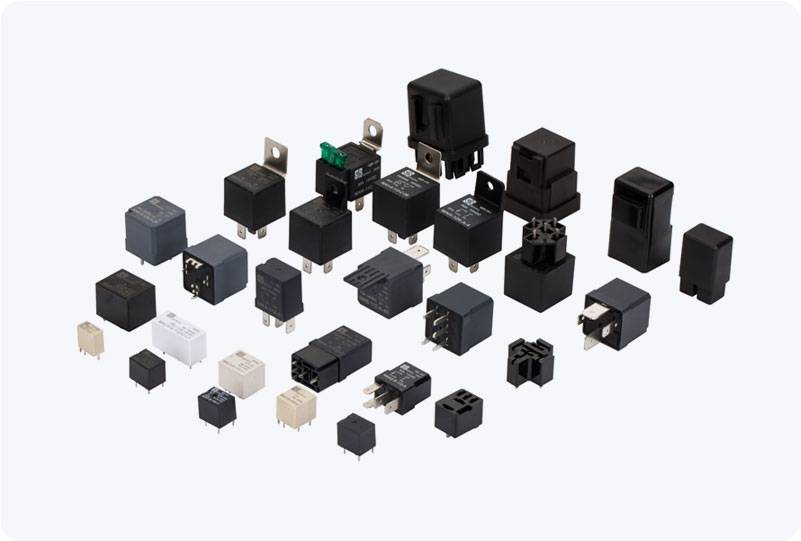The Optocoupler Protected Relay Module is a versatile and essential component in modern electronic systems, especially where electrical isolation and switching between different voltage levels are required. This module integrates an optocoupler and a relay to offer robust protection and efficient switching capabilities for controlling high-power devices with low-power control signals. This article explores the functionality, features, and applications of the Optocoupler Protected Relay Module.

What is an Optocoupler Protected Relay Module? An Optocoupler Protected Relay Module is a combination of two key elements: an optocoupler (also known as an optical isolator) and a mechanical relay. The optocoupler provides electrical isolation between the low-voltage control circuit (such as a microcontroller or an Arduino) and the high-voltage switching circuit (which could control devices like motors, lights, or industrial equipment). This isolation is crucial to protect sensitive low-voltage electronics from high-voltage spikes, surges, or faults in the connected load. On the other hand, the relay inside the module acts as a switch that can turn high-voltage circuits on or off. The key advantage of combining these components into a single module is that the relay provides reliable switching capabilities, while the optocoupler ensures safe operation by isolating the control side from the power side.